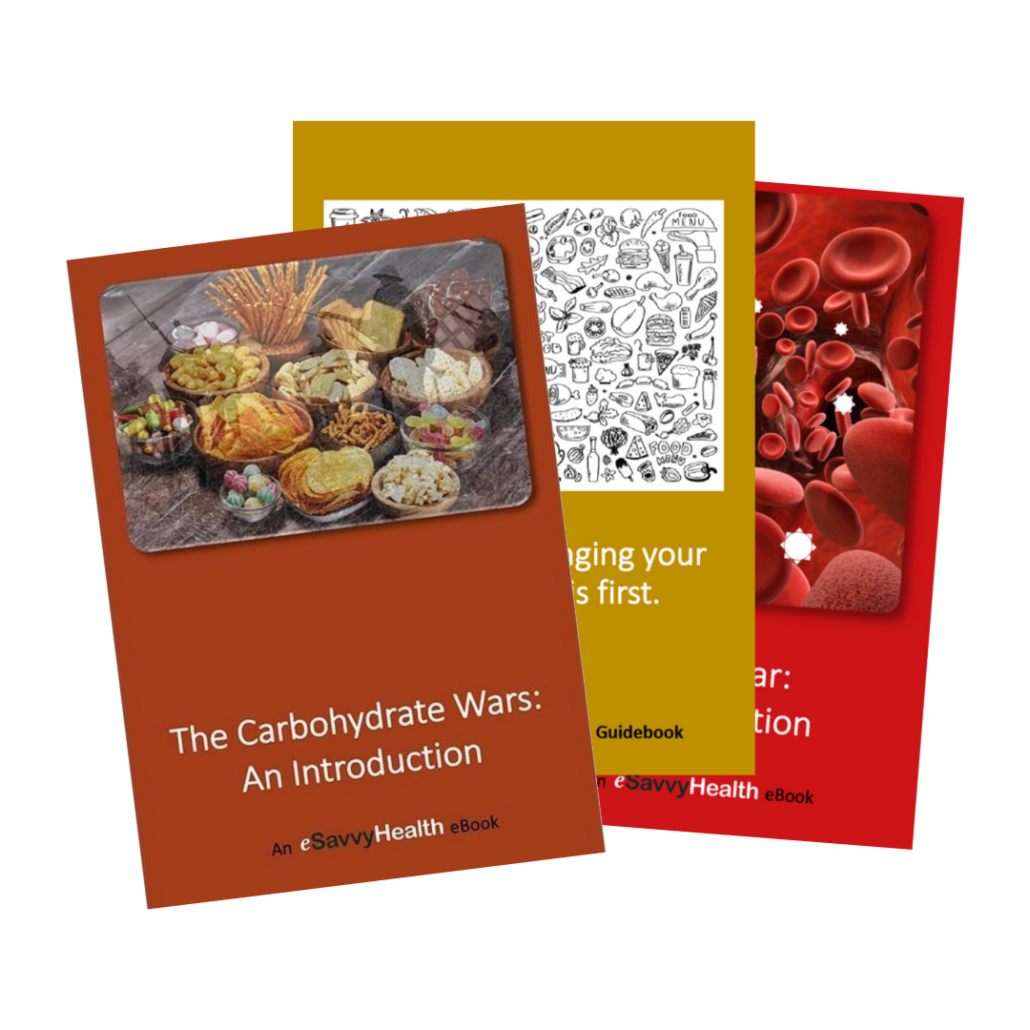Whatever way you choose to eat, it is important to know what you are putting in your body. When you decide whether to include a food product in your diet, that decision should be based on full awareness of how it could harm or benefit you.
One important aspect of choosing the right food is knowing how to interpret food labels. The FDA has created guidelines for such labels that food manufacturers are supposed to follow, to protect the consumer (you) and to promote health through informed decisions based on nutrition facts and ingredients.
Even so, food labels can be confusing and even misleading. One reason for this is that, unfortunately, the goal for many food manufacturers is not to provide the healthiest product but to provide a product that sells, and that you’ll keep buying.
Some food manufacturers have a lot of tricks up their sleeve — techniques they picked up from tobacco conglomerates. Nabisco once operated the companies that made Camel cigarettes, and Philip Morris was part of a company now called Altria that manufactures Kraft Macaroni & Cheese and Kool Aid. (1,2).
While these companies have now split their tobacco business from the food business, many use the same tactics to hook Americans on junk food. Just like Big Tobacco, Big Food obscures the connections between products and disease, uses the same language to hold consumers liable for the harm caused by the products (like soda), and manipulates customers and children through persuasive marketing.
With the same objective as combining nicotine with additives such as acetaldehyde to make cigarettes more addictive, food scientists spend an alarming amount of time engineering products with the perfect amount of salt, sugar, and fat that light up taste buds and the brain (3, 4).
These tactics have been extremely effective in marketing and selling unhealthy grocery products, but you can outsmart the marketers with a few tricks of your own.
When evaluating a product at the grocery store, the first thing you should do is ignore the pretty packaging and any claims on the front of the package. Instead, flip the package over to inspect the nutrition facts label, and look at the ingredients.
Rule 1: The fewer ingredients, the better. This usually means the food is less processed and closest to its whole form, and reduces the occurrence of food additives and fillers.
Rule 2: Ingredients are listed in order, with the ingredient used in the greatest amount first. If the first word after ingredients is any form of sugar, the food product is not nutritious.
It’s easy to get overwhelmed by the overabundance of options in the grocery store, and decision fatigue can set in quickly. By ignoring the noise of food packaging and focusing on the ingredients in the food label, you are one step closer to making informed decisions about your health.
References
1. https://www.cspinet.org/big-food-sounds-lot-big-tobacco
2. https://www.ncbi.nlm.nih.gov/pmc/articles/PMC2879177/
3. https://ec.europa.eu/health/scientific_committees/opinions_layman/tobacco/en/l-3/5.htm
4. https://www.cbc.ca/news/health/food-cravings-engineered-by-industry-1.1395225





